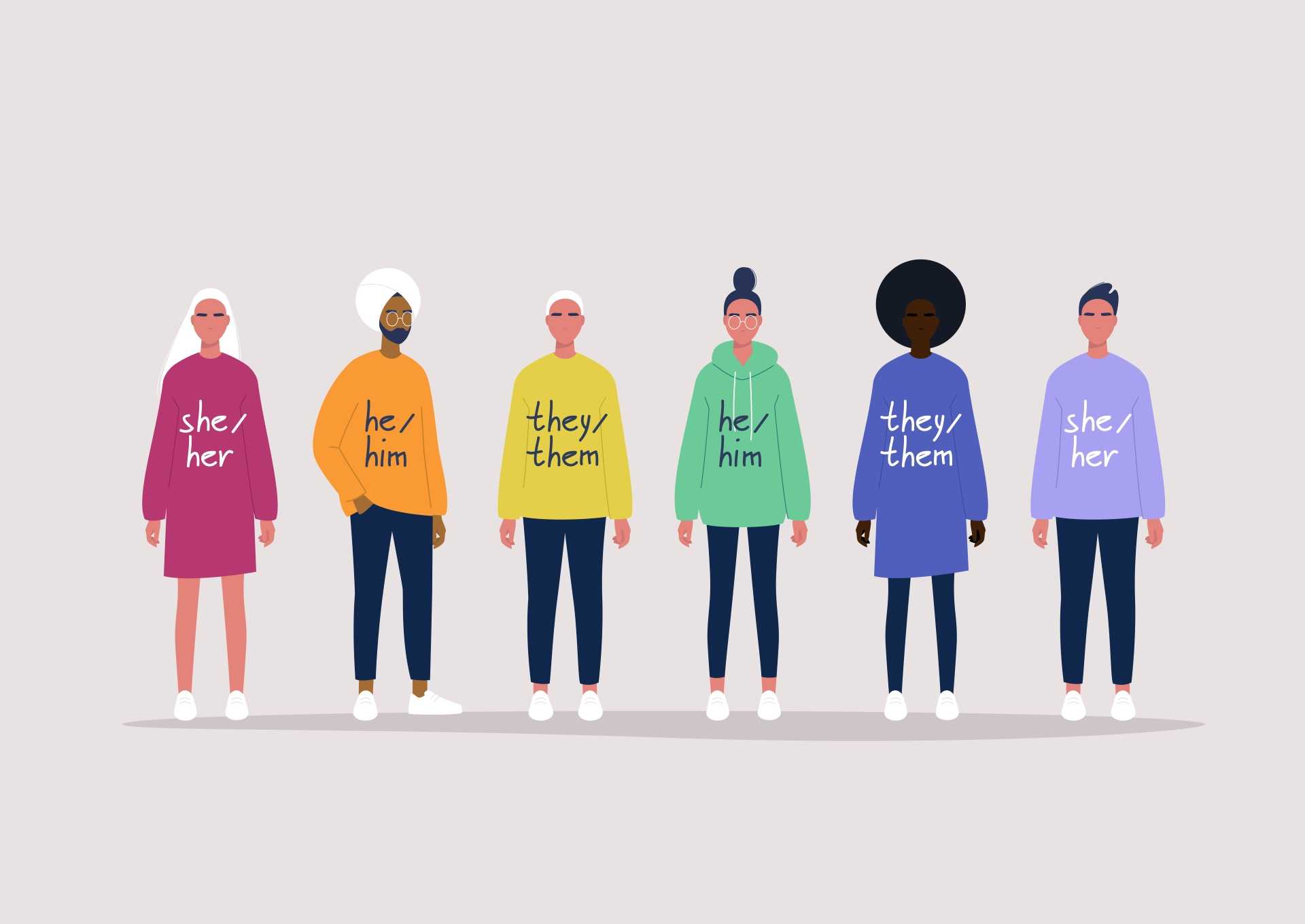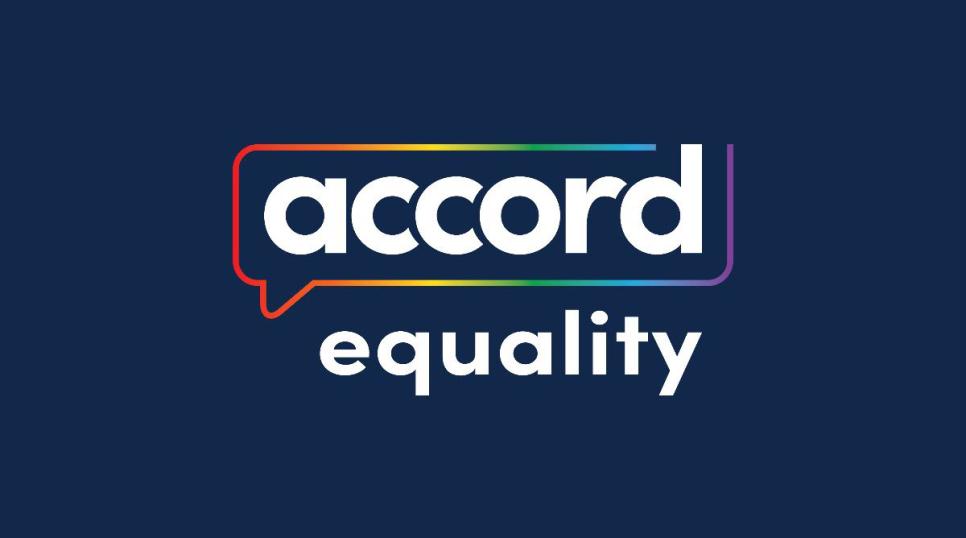What are gender pronouns?
Gender pronouns are words used to identify a person’s gender identity. He, she, they - these are three common examples. They are someone’s means of expressing their gender, and a way of asking others to acknowledge and respect it.
Here are some examples of gender pronouns:
- He/Him/His: For a person who identifies as male.
- She/Her/Hers: For a person who identifies as female.
- They/Them/Their: For a person who identifies as gender-neutral; these pronouns can also refer to those who don’t identify as either male or female.
- Xe/Xir or Ze/Zir: Neopronouns used by some to refer to themselves without the context of gender
There are others, but the three above are some of the most common. Some individuals even use mixed pronouns, such as he/they.
It's worth noting that you don't actually have to refer to someone via a pronoun. You can just call them by their name instead.
A beginner’s guide to using pronouns





